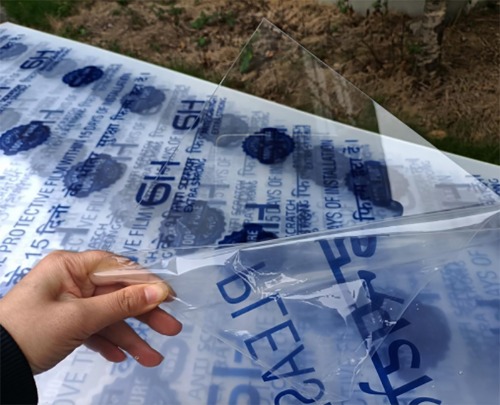When using an
anti-scratch clear acrylic sheet, there are several precautions you should keep in mind to ensure its proper handling and maintenance. Here are some precautions to consider:
Handling: Handle the acrylic sheet with care to prevent scratching or damage. Avoid dragging or sliding the sheet across rough surfaces. Instead, lift and place it gently to avoid contact with abrasive materials.
Cleaning: Clean the acrylic sheet using a soft, lint-free cloth or sponge. Avoid using abrasive cleaners, rough materials, or paper towels, as they can scratch the surface. Use a mild soap or a specialized acrylic cleaner, diluted with water if necessary, to remove dirt and stains.
Avoid direct contact with sharp objects: Although anti-scratch acrylic sheets are designed to be more resistant to scratches, it's still important to avoid direct contact with sharp objects. Sharp tools or rough materials can potentially cause scratches, so take care to keep them away from the acrylic surface.
Protective film: Some acrylic sheets come with a protective film. If your sheet has one, keep it in place until you are ready to use the acrylic. The film helps protect the surface during handling and transportation. Remove the film only when you're ready to install or use the sheet.
Storage: When not in use, store the acrylic sheet in a clean and dry area. Avoid stacking heavy objects on top of it, as this could lead to warping or bending. Store the sheet vertically or lay it flat on a clean surface to prevent any potential damage.
Temperature considerations: Acrylic sheets can expand or contract with temperature changes. Avoid exposing the sheet to extreme temperatures, such as direct sunlight or heat sources like heaters or ovens. Sudden changes in temperature can cause the sheet to warp or crack.
Installation: When installing the acrylic sheet, ensure that the surface it's being mounted on is clean and smooth. Avoid using mounting techniques that put excessive pressure on the edges of the sheet, as this can lead to cracking or chipping. Follow the manufacturer's guidelines or consult with a professional for proper installation techniques.

 English
English 中文
中文 Español
Español


